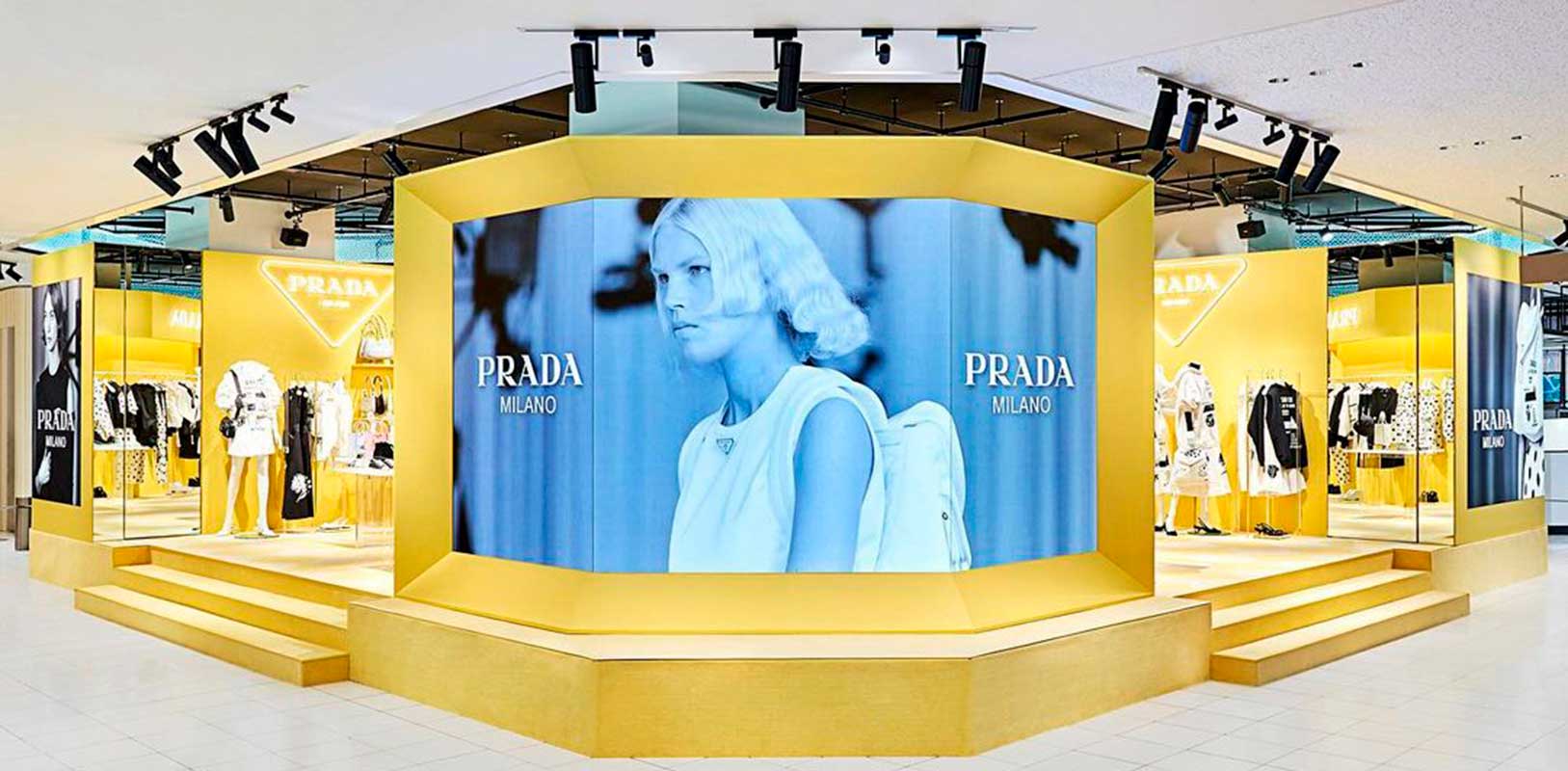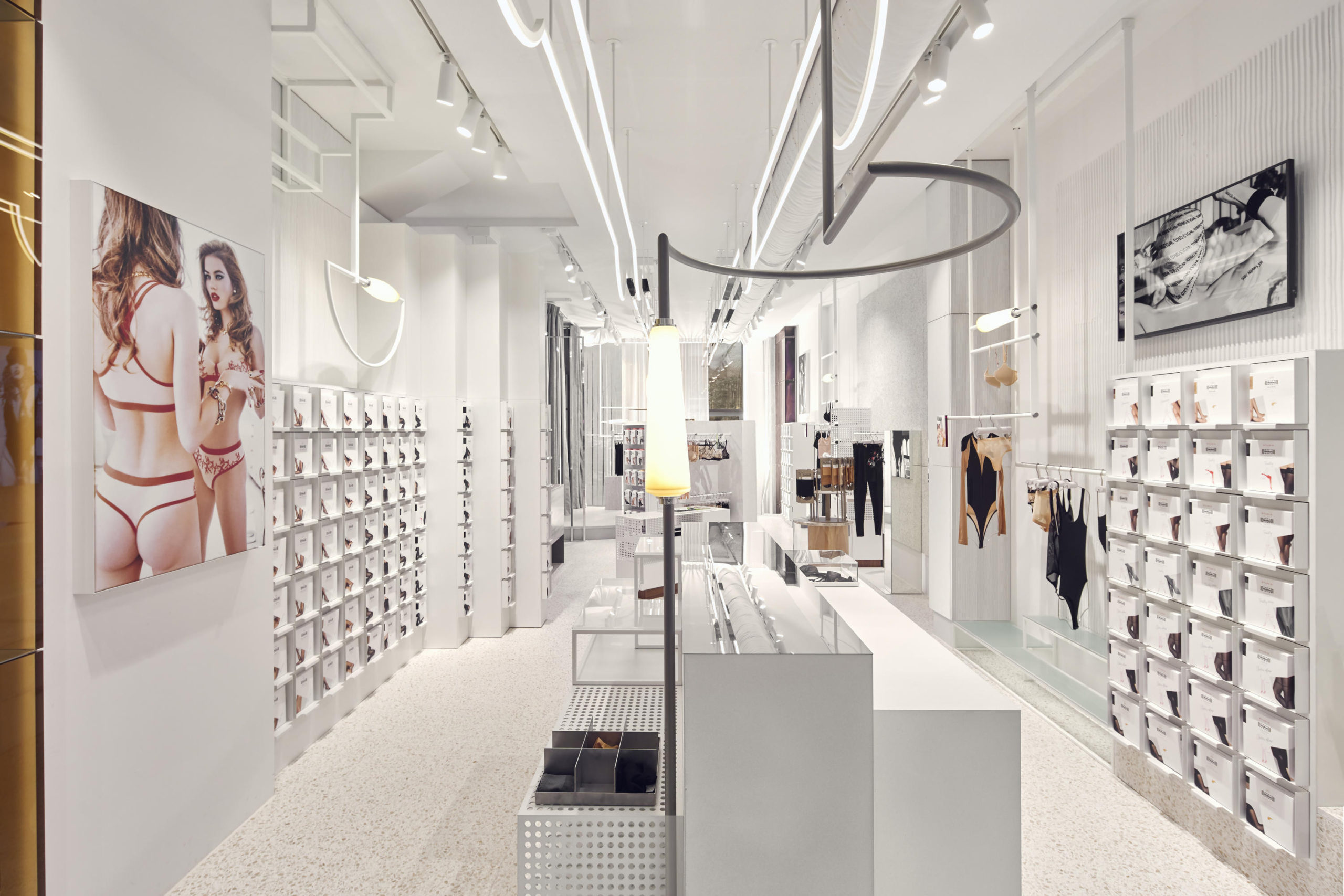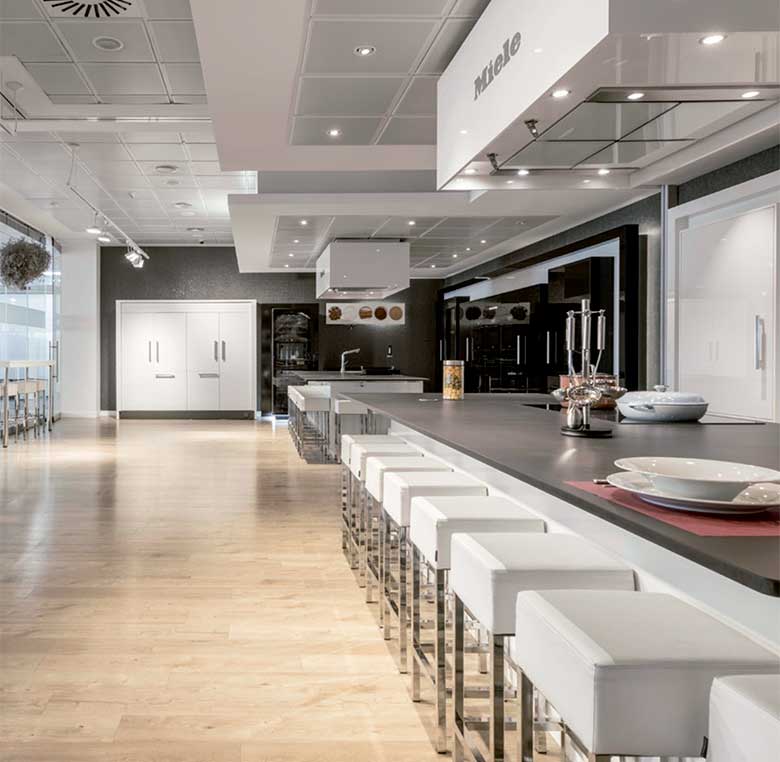
The decoration of your point of sale is one of the most accessible tools for differentiating your business, and the key is knowing how to do it. Without being a retail sector professional or a prestigious visual merchandiser, you can achieve this.
Follow these simple steps!
The first thing you need to do is attract the customer and create a positive shopping experience.
For this, it is crucial to determine a strategy for your point of sale design, starting with the exterior, façade, and window display, and continuing through the store’s interior. You must manage and guide the customer throughout their journey in your business.
Once customers enter, it is necessary to complete the purchase cycle. Otherwise, all the effort to attract them is wasted.
Decoration and store layout are strategic tools, not just for aesthetics or customer comfort but as part of a strategy that shapes the customer experience.
Before considering the next steps, you need to understand the hot and cold zones of your commercial space.
Cold zones: are areas where sales levels are below average, i.e., non-profitable spaces. Knowing these areas helps make every square meter profitable and understand which products to place where.
Hot zones: are customer attraction areas, either naturally by the store’s design and furniture or artificially through promotional activation techniques like stands, POS displays, or space decoration.

Circular path at Wolford main store, Amsterdam
Examples of hot zones include the store’s central area, checkout areas, well-lit zones, counters, and specially decorated areas, often leading to impulse buys.
A useful tool in determining hot and cold zones is a traffic sensor, which tracks customer movement, detects layout flaws, improves accessibility, and identifies the most visited brands and products.
You might know classic decoration tricks like placing best-selling products at eye level, grouping products by concept, or making the product visually appealing. However, a surprising fact about displays is that studies show 90% of users turn right after entering a store. Hence, the first displays with the latest products and high-value items should be on the right.
The right wall should make a significant impact, providing a special ambiance to the displayed product. Guide customers through the store to see as many items as possible, often using a circular trajectory. Creating different spaces helps customers take their time, using special signage to offer visual breaks.
Decorative Elements You Should Have in Your Store
One of the most complex tasks in interior design is creating and building a solid concept that conveys security and comfort to the customer, encouraging them to buy. Success in sales often involves anticipating the potential customer, showing them that your suggestions solve their real problems.
Start by creating a brand image to replicate at your point of sale. Your brand has a unique style, values, and principles…show them and make your customer feel identified. The key is loyalty!
Begin with digital printing vinyl, either promotional (for sales, promotions, and special days) or permanent (decorative and artistic). These are economical and attractive options, significantly impacting customer purchases.
Vinyl can completely change your store’s appearance, including the interior, increasing sales.
Recladding is an excellent element for quickly changing your façade.
Signage (with or without lighting), 3D letters, banners, totems, and posters are essential for attracting, signaling, and informing passersby.
Digital elements are excellent for attracting attention and conveying innovation and leadership.
LED screens and digital signage allow you to send clear, direct messages to customers, encouraging personalized purchases.
These elements differentiate you from competitors, making your store memorable.
Additionally, incorporating sensory marketing and neuromarketing techniques can significantly boost sales.
You don’t need to be a multinational or a large shopping center to implement these strategies—many are within your reach.
1. Sensory Marketing.
The study by Mencía de Garcillán López-Rúa on Persuasion through Sensory and Experiential Marketing (2015) discusses this topic, explaining how sensory marketing aims to create a unique shopping experience. Engaging all senses—taste, smell, sight, sound, and touch—creates a comprehensive consumer experience.
Reebok campaign. More expensive than. The 15 Most Curious Examples of Sensory Marketing
According to Bernd H. Schmitt, we remember 1% of what we touch, 2% of what we hear, 5% of what we see, 15% of what we taste, and 35% of what we smell.
2. Neuromarketing.
Neuromarketing applies neuroscience techniques to marketing, aiming to understand and comprehend people’s attention levels to different stimuli. It explains behavior based on neural activity. For instance, placing mirrors in a small space creates a depth sensation, and painting restaurant walls red increases appetite.
Alexia de la Morena, an applied neuroscience researcher, highlights three key aspects to stimulate consumer purchases and improve the customer experience:
A clear example of neuromarketing is North Sails, which considers all five consumer senses.
The brand image is perfectly reflected in its stores through integrated colors, furniture design, product placement, lighting, and innovative interactive LED screens, creating a pleasant and memorable space.
The key takeaway is that you can be your own visual merchandiser, combining promotional and decorative techniques to make your business productive and increase physical sales.
Another strategy is to add value to your business. Customers love experiences, which is why many retail spaces are becoming leisure centers.

Miele Experience Center kitchens in La Moraleja Madrid

Miele Experience Center kitchens in La Moraleja Madrid
A recent example is the German appliance company Miele, which conducts cooking workshops at its Miele Experience Centers among other services.
Ultimately, store decoration is a strategic element, an ally for supporting your business. But first, conduct consumer analysis to understand their tastes and preferences, allowing you to design a customized and unforgettable shopping experience, making customers want to return and ensuring repeat purchases through customer loyalty.
You may also be interested
open
08:00 AM-18:00 PM Monday – Friday
08:00 AM-18:00 PM Monday – Friday